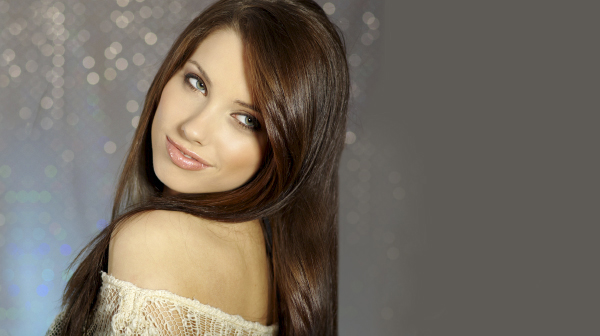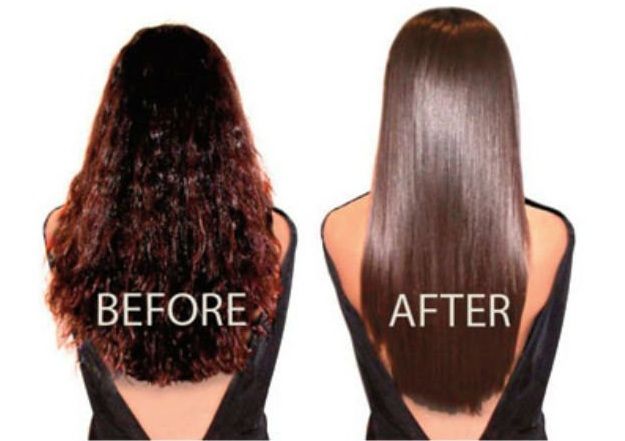The exact cause of dandruff, also known as scurf or Pityriasis simplex capillitii is unknown. However, most experts do agree that it is not caused by poor hygiene. In this MNT article, we look at the possible causes as well as potential treatment options. So, what are the factors that may contribute to dandruff?
Not enough hair brushing
People who do not comb or brush their hair regularly have a slightly higher risk of having dandruff – this is because they are not aiding the shedding of skin that combing or brushing provides.
Yeast
People who are sensitive to yeast have a slightly higher risk of having dandruff, so it is logical to assume that yeast may play a part. Yeast-sensitive people who get dandruff often find that it gets better during the warmer months and worse during the winter. UVA light from the sun counteracts the yeast. Some say, that during winter the skin is drier because of cold air and overheated rooms (exposure to extreme temperatures), making dandruff more likely. So, it is sometimes not that easy to know whether it is yeast or just dry skin.
Dry skin
People with dry skin tend to get dandruff more often. Winter cold air, combined with overheated rooms is a common cause of itchy, flaking skin. People with dandruff caused by dry skin tend to have small flakes of dandruff; the flakes are not oily.

People with dry skin tend to get dandruff more often. Winter cold air, combined with overheated rooms is a common cause of itchy, flaking skin.
Seborrheic dermatitis (irritated, oily skin)
People with seborrheic dermatitis are very prone to dandruff. Seborrheic dermatitis affects many areas of the skin, including the backs of the ears, the breastbone, eyebrows, and the sides of the nose, not just the scalp. The patient will have red, greasy skin covered with flaky white or yellow scales.
Not enough shampooing
Some people say that if you don’t shampoo enough there can be a buildup of oil and dead skin cells, causing dandruff. However, many experts doubt this is true.




















 Keratin is a protein that is the key structural building block for hair, skin and nails. Keratin is found in humans and animals alike in forms ranging from hooves to soft flexible skin. This shows you how strong and delicate keratin can be. When the outer layer of keratin becomes damaged it affects the new cells that are no longer being protected beneath it. This causes damage in the form of dry, brittle hair or rough and cracked skin.
Keratin is a protein that is the key structural building block for hair, skin and nails. Keratin is found in humans and animals alike in forms ranging from hooves to soft flexible skin. This shows you how strong and delicate keratin can be. When the outer layer of keratin becomes damaged it affects the new cells that are no longer being protected beneath it. This causes damage in the form of dry, brittle hair or rough and cracked skin.



